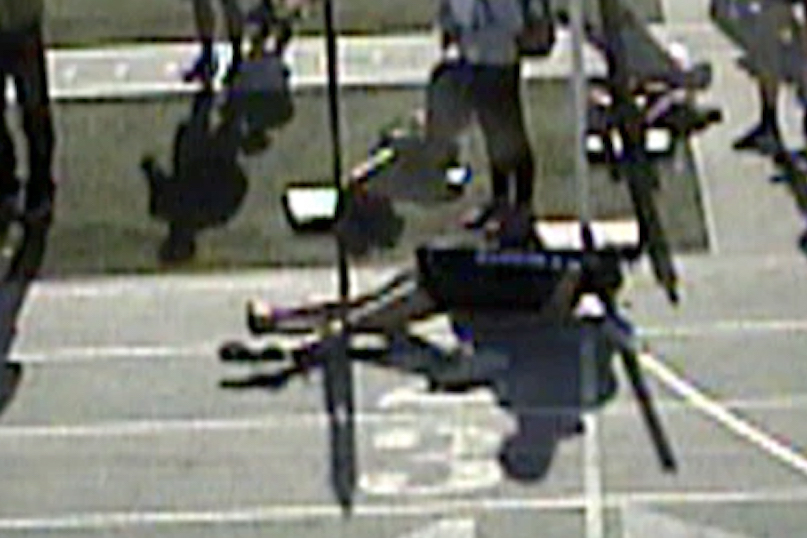If you read the paper, it only says that 6 feet is nearly equivalent to 60 feet. It never claims that 2 feet is equivalent to 6 feet. In fact, part of the paper gives a detailed explanation of why 2 feet is not equivalent to 60 feet- at least if the infected person is not masked. The paper does not address whether 3 feet is similar to 6 feet for masked people. A shame, because schools actually need that information.
The paper also is firmly in the “masks work” camp:
“ We note that the use of face masks will have a marked effect on respiratory jets, with the fluxes of both exhaled pathogen and momentum being reduced substantially at their source. Indeed, Chen et al. (
42) note that, when masks are worn, the primary respiratory flow may be described in terms of a rising thermal plume, which is of significantly less risk to neighbors. With a population of individuals wearing face masks, the risk posed by respiratory jets will thus be largely eliminated, while that of the well-mixed ambient will remain. “
In case you are wondering, the authors note that the unmasked respiratory jet risk is substantially larger than the ambient air risk. The ambient air risk only dominates if we all wear masks.
” There is thus a critical distance, A1/2m/(αtfd), beyond which the pathogen concentration in the jet is reduced to that of the ambient. This distance exceeds 10 m for fd in the aforementioned range and so is typically much greater than the characteristic room dimension. Thus, in the absence of masks, respiratory jets may pose a substantially greater risk than the well-mixed ambient.”
So, the authors are saying wear your mask, stay moderately distant, and limit your time indoors. Mask, distance, outdoors. Just like Grace has been saying.




